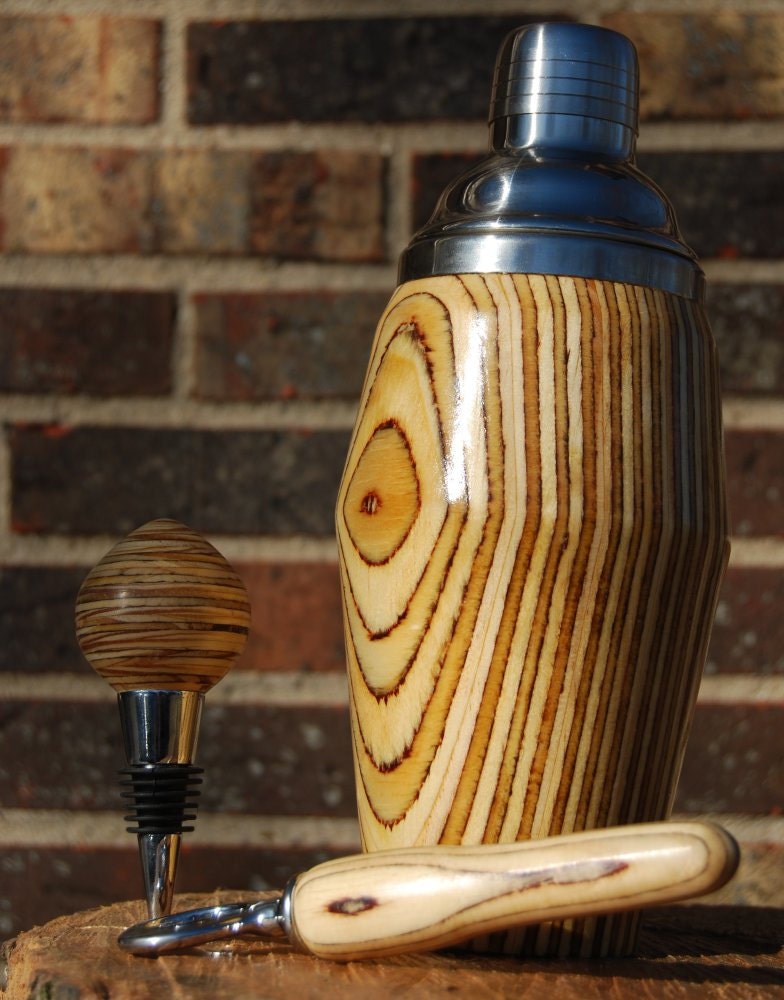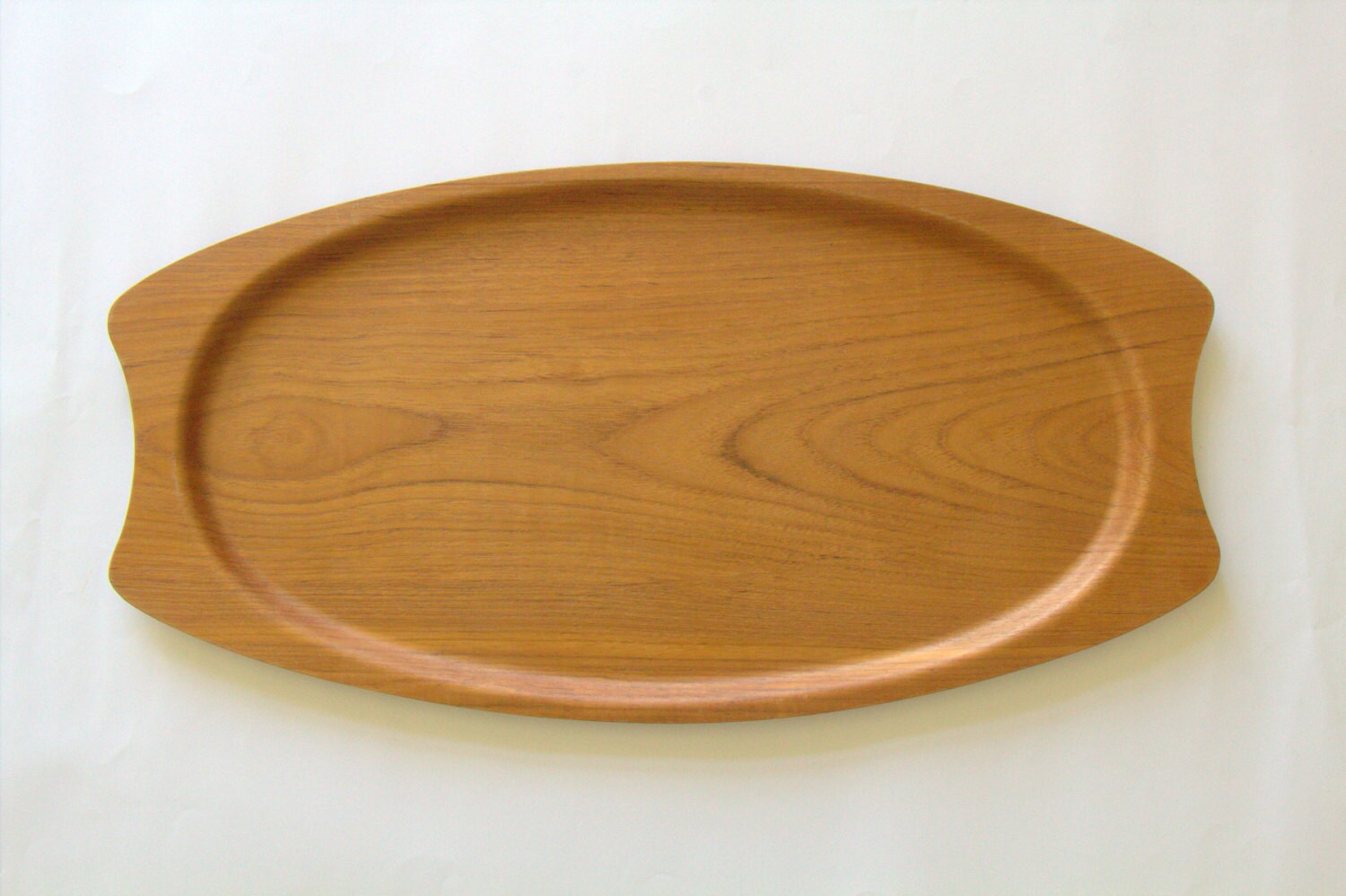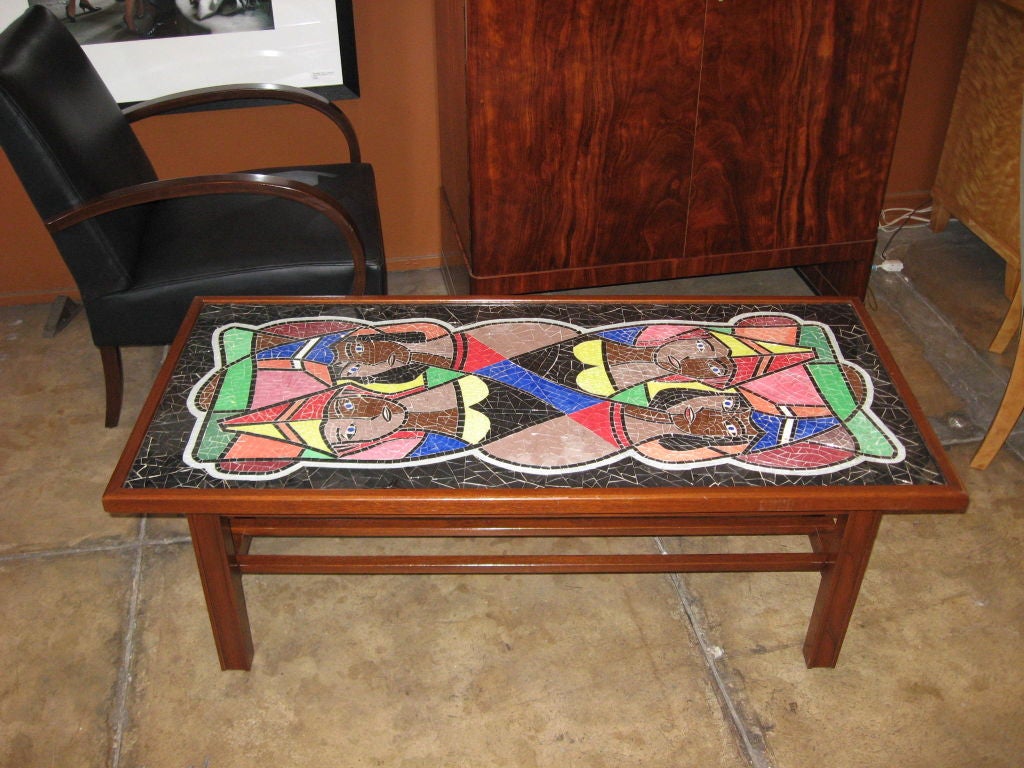While plywood is not exactly new, and...while plywood has been used in production setting of mass scale since around the early to mid 30's. It's only been since the mid (more or less) 40's that it took a full on production value and designer interest.
Plywood, was designed to be the magic wood you could say. It was to be lighter, stronger, more versatile, more economical, and longer lasting than standard wood. Uses for plywood, have been everything from building your house, making your furniture, all the way down to the toys for the kids, and from time to time, even to make tools. Families all over the states from the late 40's until the mid sixties were using and buying plywood products. Everyone could have their own outboard motor boat for a few hours, and just a couple of sheets of plywood. Plus, an outboard motor of course. Furniture could be made at home without having to find the right lumber stock. Your life could be yours for the making!
Still, today... it seems that plywood is recognized, but not respected like it deserves. This is a sore spot for me, because I find plywood to be the best and most attractive furniture material to use. I also find it to be the most Mid-Century of wood materials. It's relative explosion in popularity and the exploration of its use, in the Mid-Century era makes it that much more Mid-Century for me.
Overall speaking, I'm not saying that plywood is the only good material, or that all others should be done away with. However, personally, I find a much grater visual aesthetic in plywood crafted products than in standard board cut products.
It's for this reason that almost all my projects are made with plywood. While still respecting plank and board furniture, I almost always look at a piece and try to imagine how it would have looked in plywood.
Today, plywood is still heavily used in some industries. Many a cabinet maker uses plywood. Many door manufactures, and even some boat manufactures. Construction uses it too. Even some furniture designers are still using it. One thing I have noticed though, is a trend for plywood furniture of today, to look less refined. Not all mind you, but much of the furniture today that is made of plywood, is overly focused on being self locking, and collapsible. Where as in the mid-century era, plywood furniture was made to be relatively light, pliable, and strong. Even when products were created to be knock-down or collapsible, they retained a cleaner and more sophisticated styling. Plus, more importantly, plywood furniture was to be economical and have a fine furniture look and quality while being economical.
Plywood today, is not as affordable as it seems it once was. For instance, a good hardwood plywood is upwards of $50 as sheet. In the case of the bed that I made, I used 4 sheets. That's not including the tools, and the consumables of the trade. So, high quality plywood can be very expensive to use for making furniture.
Yet, with all of this, it still seems to me that plywood really brought the mid-century design motto's of designing for function, and using engineered material that can be multifaceted together. Even today there are hobbyist books on boat building, cabin/house building, lamp building, furniture building, toy making, and many others that are produced and sold to the public.
Also, there are many people creating some really nice mid-century modern styled pieces today, with this fascinating and iconic material.
Below you will find a number of examples of original mid-century modern plywood furniture, as well as some very intriguing and wonderful mid-century modern inspired pieces. At the bottom, there are a few books that are great reads and very helpful as well. Ones that I either own myself, have read but don't own, or ones that I want to purchase soon.
Books on Plywood woodworking











.jpg)









